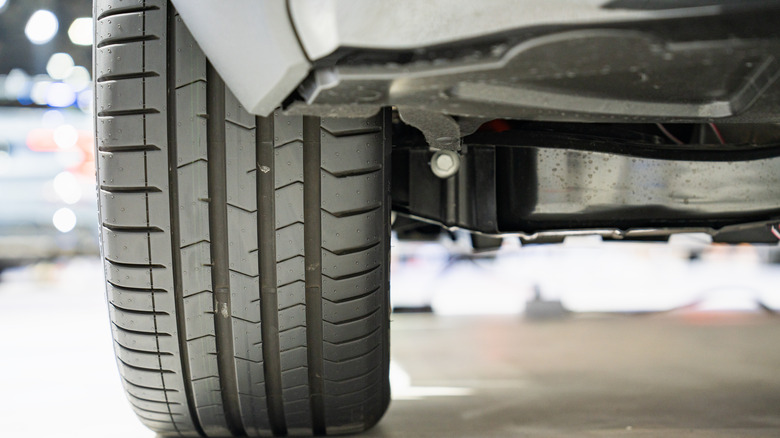What Is A Radial Tire & How Does It Differ From Other Options?
At a glance, tires might all look alike: round, black, and rubbery. But not all tires are created equal. In fact, if you look beneath the rubber construction, you'll notice that they're built differently. This can make a big difference, especially when it comes to how long the tire can last, how it grips, and the comfort it provides.
Now, if you've ever looked at today's vehicles, you'll notice many different types of tires out there, but the most common type is radial tires. Why? They offer better traction compared to old-fashioned bias-ply tires. But what exactly is a radial tire? A radial tire gets its name from how the internal cords, also known as plies, are arranged. These pliers radiate straight from the wheel's center at a 90-degree angle. This allows the sidewall and treads to work independently, and the results are better road contact, a smoother ride, longer tread life, and improved fuel efficiency. That's why these tires have become the go-to option for light trucks, passenger vehicles, and even trailers.
How radial tires differ from other options
To be clear, radial and bias-ply tires are all built to serve the same purpose – to absorb road shocks and offer traction. While both might appear identical from the outside, under that appearance lies a world of differences in performance and structure. One of the biggest differences is how radial tires are built internally.
When it comes to construction, radial tires are built with steel belts that run perpendicular to the direction of travel. Bias-ply tires, on the other hand, feature crisscross fabric plies angled diagonally at 30 to 45 degrees. At first, this might sound like a minor tweak, but these structural changes are part of the biggest changes made to car tires over the last 100 years, and can affect the vehicle's comfort, performance, and ride quality.
In fact, the design of radial tires makes their sidewall flexible and tread surfaces flatter, and this creates room for better grip and smoother rides. Meanawhile, on the other side, the design for bias-ply tires makes the sidewalls rigid, which can help tackle rugged off-road conditions or carry heavy loads. However, the rigid construction of these tires has a drawback: It hinders them from moving at fast speeds because of the decrease in traction, which translates to low fuel efficiency.

